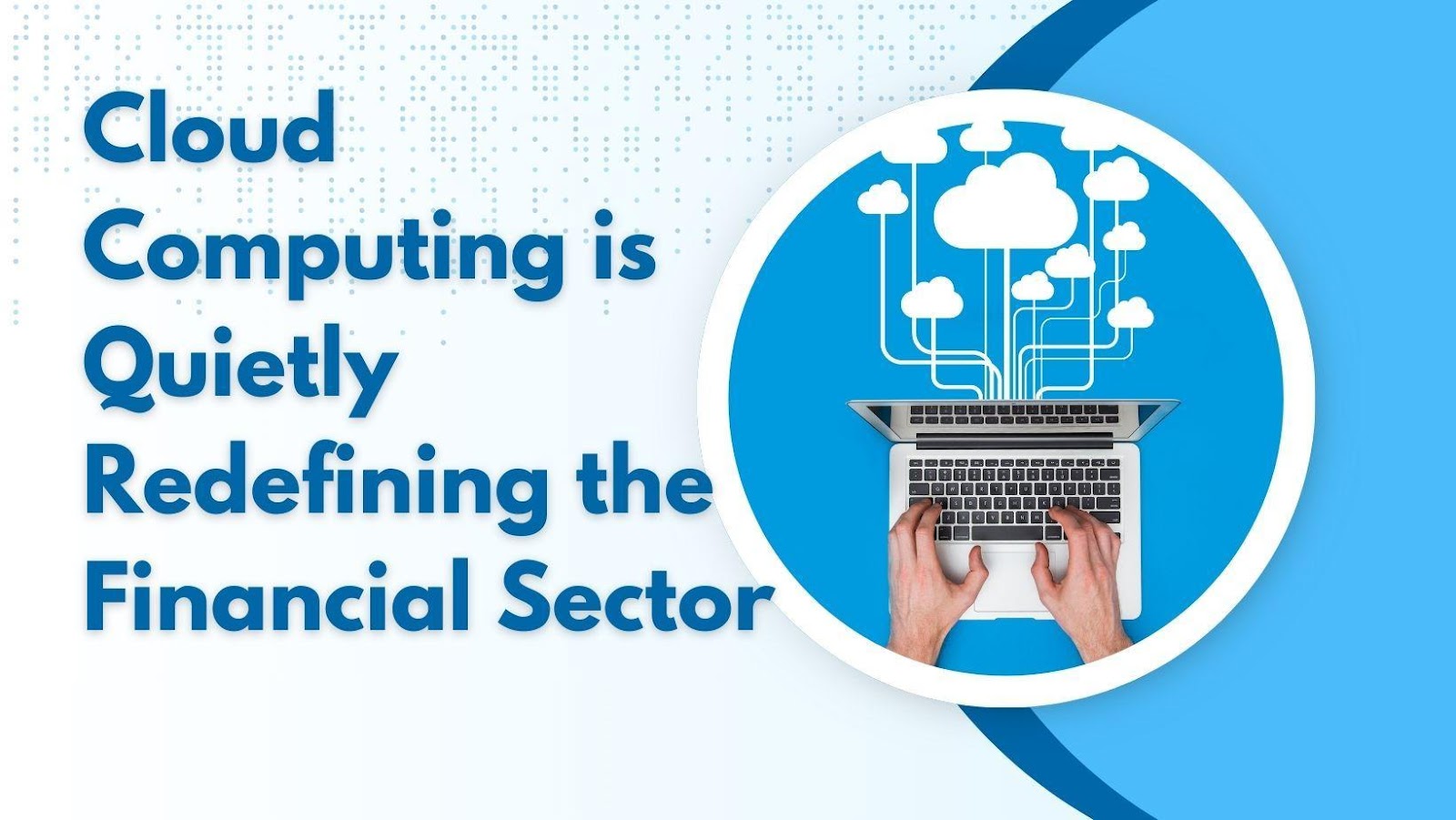The digital transformation of financial services has entered a new phase, with cloud-native architectures becoming the bedrock of innovation. Institutions are moving away from cumbersome legacy systems, embracing cloud platforms that allow for agility, scalability, and rapid deployment. This transition shortens implementation timelines by nearly 45% and allows financial institutions to scale up transaction volumes by as much as 250% during peak periods.
Sreelakshmi Somalraju has been instrumental in advancing these technological shifts, bringing expertise in both financial systems and cloud architecture to help institutions navigate this complex transition.These systems support continuous integration and deployment, moving software release cycles from quarterly to daily.
Mobile Payments at Lightning Speed
Mobile payments, one of the most visible applications of cloud computing, have undergone a revolution. Today, over 72% of global digital transactions are processed on cloud-powered platforms. These systems not only support seamless transactions across multiple devices but also ensure data security through tokenization, significantly reducing fraud. Backend systems scale elastically to handle surges of up to 500% in transaction volumes during shopping events, all without service interruptions.
Real-Time Becomes the New Norm
Batch processing is no longer sufficient in the always-on world of financial services. Cloud technology has paved the way for real-time transaction processing, slashing processing times from hours to milliseconds. Modern systems use event-driven architectures capable of handling 25,000 transactions per second. The inclusion of in-memory computing and distributed databases ensures minimal latency and maximum uptime. Through smart auto-scaling, financial systems now maintain consistent performance even under extreme usage spikes, meeting stringent recovery time objectives and enhancing disaster resilience.
Fraud Detection Gets Smarter
Cloud computing has empowered financial institutions to implement machine learning at scale in their fraud detection systems. These systems now evaluate hundreds of data points per transaction, reducing false positives by 30% while increasing detection rates. Real-time scoring allows suspicious activity to be flagged—and even blocked—before it causes damage. The layered architecture combines rule-based filters, behavioral anomaly detection, and supervised learning, along with network analysis for detecting complex fraud rings. This evolution has made fraud prevention more proactive and effective than ever before.
Reinventing Financial Security
Security in the cloud has moved far beyond firewalls. Modern cloud security strategies in finance revolve around infrastructure as code, immutable systems, and zero-trust architecture. Financial institutions are using programmable deployments to ensure secure configurations, while zero-trust protocols check every access request, reducing the risk of internal and external breaches.
The Innovation Multiplier
The cloud has become the connective tissue linking traditional financial institutions with fintech disruptors. API ecosystems enable the secure exchange of data at scale, with hundreds of APIs facilitating services like embedded finance and Banking as a Service (BaaS). Open banking regulations further accelerate this shift, with institutions in compliant regions reporting faster innovation and more partnerships. Cloud platforms also support emerging technologies like blockchain, quantum computing, and conversational AI, which are transforming everything from cross-border payments to customer service—where 74% of interactions now require no human assistance.
Overcoming the Cloud Climb
However, the journey is not without challenges. Integrating with legacy systems remains a critical hurdle, often delaying projects and increasing costs. A growing skills gap in cloud expertise means longer hiring cycles and higher salaries for specialists. Institutions using multiple cloud providers must also navigate fragmented governance models.
Eyes on the Horizon
Looking ahead, hybrid and multi-cloud strategies are set to dominate, allowing institutions to optimize for performance, compliance, and cost. Edge computing will bring data processing closer to the user, especially in fraud detection and payments, reducing latency. AI-driven infrastructure management is gaining traction, offering both cost savings and improved stability. The industry is also preparing for quantum-resistant security standards and increasingly aligning with sustainability goals, reducing energy use by up to 60% in some cases.
In conclusion, Cloud computing is no longer just a tool—it is the strategic foundation upon which the financial services industry is being rebuilt. As detailed by Sreelakshmi Somalraju, its role extends beyond efficiency to become the cornerstone of secure, intelligent, and adaptive financial ecosystems. Institutions that embrace this shift early are not just surviving; they are shaping the future of finance.



































